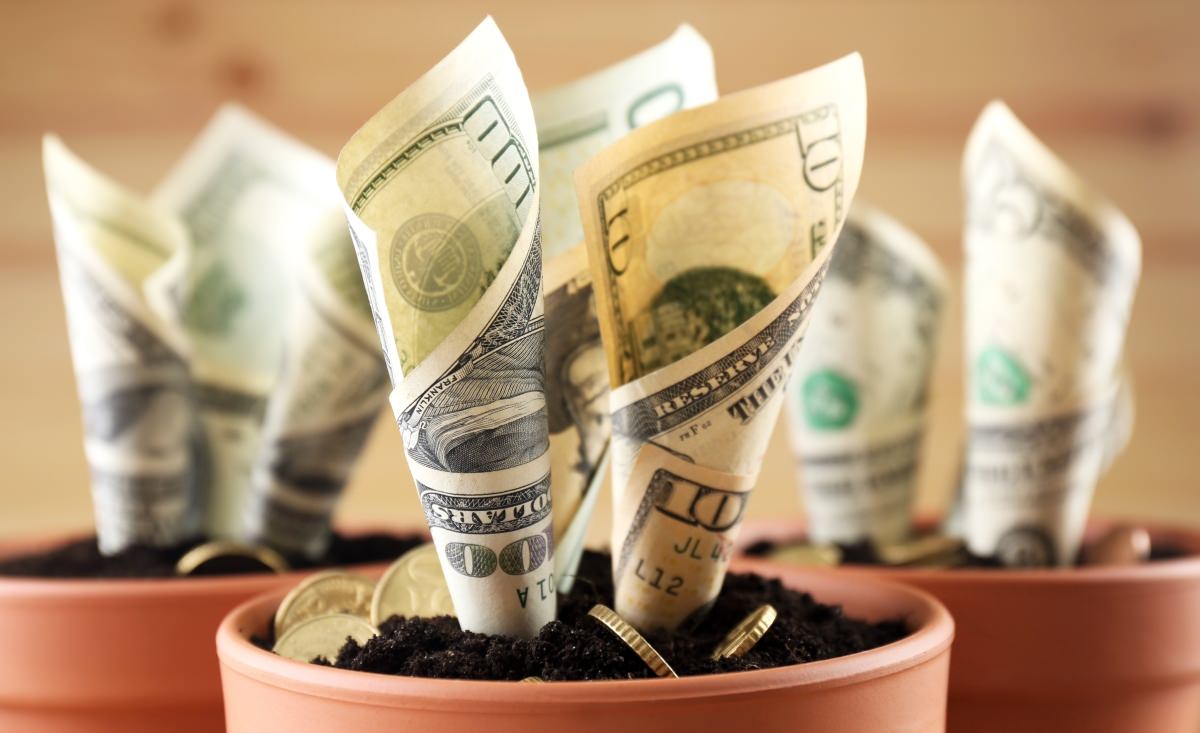Insiders at Harborside share tips for updating a cannabis company’s look and messaging
by Joseph Peña
Over the past decade, the California-based medical marijuana dispensary Harborside developed one of the most iconic brands in the cannabis industry.
Then in 2016, the company decided to undergo a transformation that included designing a new logo, updating its packaging, creating a new mission statement and implementing fresh designs inside and out for its two California dispensaries. It was a risky endeavor.
Founded in 2006, Harborside was one of the first six medical marijuana dispensaries licensed in the United States. Since that time, its founders – brothers Steve and Andrew DeAngelo – have become elder statesmen in the industry, and its brand has become well known among California patients and the larger marijuana business community. The company, which now brings in more than $50 million in annual revenues, was also one of the first dispensaries to invest in a brand identity and a strategic retail design involving the interior and exterior of its stores as well as in areas such as product packaging.
But executives at Harborside felt the need to undergo a comprehensive rebrand, with co-founder Steve DeAngelo, Yolanda Felix – the company’s director of design – and a leading design team spearheading the project.
“We all grow – people, businesses, brands,” Felix said. “We’re different than we were 10 years ago. The industry is different. We’re looking to the future and staying fresh. We change or become stagnant, and that isn’t us. We’re moving with the times.”
So how do you lead the transformation of an iconic brand, or launch a new brand identity that delivers an impact? Many exercises related to launching a brand or rebranding are relative to what you want to accomplish. But there are best practices and guiding principles for doing it successfully.
In Harborside’s case, company executives:
- Conducted one-on-one research-driven conversations with a range of people linked to the business, including patients.
- Outlined the scope of the rebrand in a “creative brief” and took an inventory of what aspects of the company would be affected, such as packaging, signage, etc.
- Created an authentic logo that was unique and didn’t rely on something obvious like a cannabis leaf.
“Whether you’re redesigning a brand or launching one, the same language applies and the same principles guide you,” said John Yost, chief marketing officer for Harborside. “They’re all interconnected, and it’s the same general exercise with a few twists.”
Research, Research, Research
“An intelligent launch or restaging of your brand begins with research,” said Yost, the former founder and president of Black Rocket, a San Francisco-based ad agency known for its role in crafting Yahoo’s brand in the mid-1990s.
That means speaking individually with company stakeholders, employees and consumers, as their input can prove invaluable.
It’s critical, for example, to anticipate the makeup of your future clients.That means talking with your current ones.
“The essence of building a successful brand is the very strong bond between you and the people using your service,” said DeAngelo, Harborside’s co-founder. “They want to know what your values are and how you embody those values in your business practice.”
Yost prefers one-on-one research for creative concepts. In focus groups, one individual can dominate the conversation or sway participants in a way that’s not representative of the broader market. Focus groups are better exercises for new product research.
Most of your initial research should be geared toward trying to understand what your current brand is and what it stands for. Ask: “What’s valuable? What are the valuable associations we can build on? What negative associations do we want to avoid?”
Research can be done in-house by sending a survey to consumers in your database, talking with customers at the point of sale, or asking for their opinions and feedback while they peruse products on the shelves or wait in a foyer to see a budtender. You cut costs by doing the research yourself and by limiting the sample size – talk with 25 people versus 100. SurveyMonkey is a good online resource to use for collecting feedback.
You can also hire an outside research group to access their mailing lists or databases that include representative samples of consumers. You can filter the sample to narrow it down to people who might use your product or service.
Developing a Creative Brief and an Audit
The result of your research is a creative brief, Yost said. It outlines the parameters of the project, the personality or tone of the brand, and what you’d like to accomplish and avoid.
Your creative brief helps you determine creative directions based on specific strategic ideas, Yost said. This is a part of the process that generally involves multiple iterations as you explore a few or more different creative directions.
You should also create an audit to determine what the breadth of a rebrand will require and have an impact on. Otherwise known as the “collateral,” this can include packaging, the retail interior and exterior, signage, business cards, advertising, etc. As with all things in the cannabis industry, know your state’s regulations.
“It’s critically important to understand regulations and what impact they have on your business plans, particularly regarding your retail space’s exterior, signs and advertising,” DeAngelo said.
Also, understand the cost of discarding old collateral such as packaging. Harborside opted to use up its old packaging rather than replace it immediately.
“It’d be wasteful for us to throw out the old packaging, and it’d be contrary to one of the central lessons that cannabis teaches us, which is to respect nature,” DeAngelo said.
An Authentic Logo
Your new logo will be relative to your brand, based on all of the information you gathered in research and outlined in your creative brief.
But there are a few good practices to follow.
First, circle back to what you want the logo to accomplish, and what you want to avoid.
One directive for Harborside’s rebrand, for example, was to avoid photos and graphics of cannabis leaves. The market is saturated with them.
In October, Harborside released a new logo featuring a flag with light and dark-green colors and Graphik typeface, which the company says is evocative of leadership, unity and cultural movements.
Harborside’s team approved a green palette because it’s a color often associated with the industry. Yost recommends avoiding design elements that are too obvious, though.
“Leave something for the consumer to piece together for himself or herself,” Yost said. “Your logo has the potential to be a more compelling piece of communication if it’s something the consumer can participate in.”
Harborside identified three possibilities for the brand, but stakeholders were most excited about the flag with an equal mark in the upper left corner. Flags are symbols of leadership, protests, movements and cultural campaigns, but interpretations are left to the consumer.
One thing DeAngelo and Felix found missing in the new logo was the softness of the former logo (two hands holding a cannabis leaf). To compromise, the team created simple images of a heart as well as hands fist-bumping and flashing a peace sign. These images are featured on the interior and exterior of the company’s buildings as well as in some advertising and packaging.
The images evoke the softness and human touch that both DeAngelo and Felix wanted.
Finally, be honest throughout the process of rebranding. Your new logo should reflect what you know about your business. The best communication – whether it’s a logo or an advertisement – rings true.
“Step back,” Yost said, “and ask yourself, ‘Is it truthful? Is it real? Is it authentic? Is it suggesting something about the organization that rings true?’ ”





